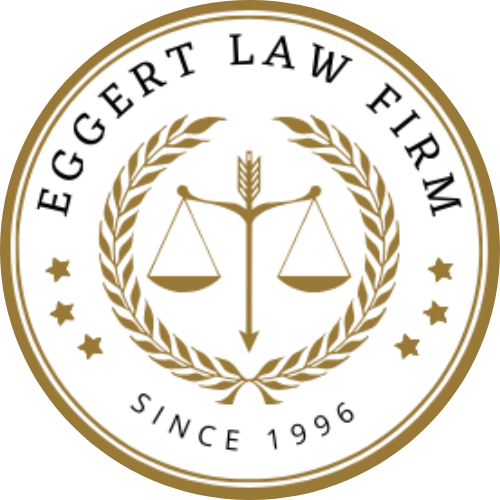
For most consumer debtors, there are only two choices for making a bankruptcy plan: Chapter 7 or Chapter 13. What’s the difference, and which is the best for you? That all depends on your particular circumstances.
Chapter 7 Bankruptcy
A Chapter 7 bankruptcy is a shorter, simpler, cheaper form of bankruptcy proceeding. Commonly called a “liquidation bankruptcy”, the Chapter 7 case often doesn’t involve the paying of any money to the creditors. When payment is required, the funds usually come from the liquidation or sale of an asset.
The typical Chapter 7 case takes about 120 days from filing the petition through issuance of the discharge order. Preparation time before filing varies from as little as a few hours to several months. A very important part of preparation is the identification of the debtor’s assets and applicable exemptions. An “exemption” is what lets the debtor keep an asset. For example, a paid off car that is worth $2,000 can be fully exempted, meaning the debtor gets to keep it without paying anything more.
To file a Chapter 7 bankruptcy case, the debtor must have limited income in an amount that is below the median income for the state in which the case is filed. In Oregon as of May 1st 2018, for a household of one debtor, that median income is currently $53,501. The more people in the household, the higher the debtor’s income can be and still qualify for a Chapter 7 case.
A Chapter 7 bankruptcy is usually the best plan for a debtor who has lower income than median and few non-exempt assets. All-in (attorney fees, filing fee, credit report, classes), a Chapter 7 case can cost as little as about $900 out of the debtor’s pocket, and rarely more than $1,600.
Chapter 13 Bankruptcy
A Chapter 13 bankruptcy is often called a “repayment plan bankruptcy”. The typical Chapter 13 case involves a repayment plan lasting 60 months, during which the debtor has to turn over all income received over and above what is calculated as necessary for daily life. The money turned over to the Trustee is used to pay the Trustee’s fees, the bulk of the debtor’s own attorney fees, and a sizable percentage of the debt owed to creditors.
The typical Chapter 13 bankruptcy involves a debtor who has income greater than the median income. This is because income below the median amount for the debtor’s household size is unlikely to be able to provide a payment above reasonable living expenses.
Another reason to file a Chapter 13 bankruptcy is the ability to control payments on non-dischargeable debts (such as student loans or recently-incurred tax liabilities).
A Chapter 13 bankruptcy is substantially more expensive than a Chapter 7 case. Usually attorney fees for a Chapter 13 case are over $3,000.
So which bankruptcy plan is right for me?
Answering this question requires looking at all of your circumstances. I suggest scheduling a consultation to get a better idea of your rights and options before deciding which bankruptcy plan to choose.
